In the fast-paced world of modern work, the design and layout of office spaces play a crucial role in productivity, communication, and employee well-being. One of the key elements that has revolutionized office design is the use of glass partition walls. These sleek and transparent barriers have become increasingly popular in recent years, as they offer a range of benefits that traditional solid walls simply cannot match.
Glass partition walls have become synonymous with modern and innovative workspaces. The use of glass creates an open and airy atmosphere, promoting a sense of transparency and collaboration among employees. Gone are the days of dark and isolated cubicles; now, organizations are embracing the concept of open floor plans to encourage communication and teamwork. Glass partition walls provide a way to delineate spaces while still maintaining a sense of openness, allowing natural light to flow through and creating a visually appealing environment.
One of the primary advantages of glass partition walls is their ability to promote natural light in the office. Natural light has been proven to have a positive impact on employee well-being and productivity. By allowing sunlight to filter through the space, glass partition walls help reduce the reliance on artificial lighting, creating a more sustainable and energy-efficient workplace. Studies have shown that exposure to natural light improves mood, reduces eye strain, and enhances overall job satisfaction. Therefore, integrating glass partition walls into office design not only has aesthetic benefits but also contributes to the well-being and comfort of employees.
Furthermore, glass partition walls offer flexibility in terms of reconfiguring the office space. Unlike traditional solid walls, glass partitions can be easily moved or repositioned to accommodate changing needs and requirements. This flexibility allows organizations to adapt to their evolving work dynamics, whether it’s creating individual workstations, collaborative areas, or meeting rooms. The ease of reconfiguration also ensures that the office space can be optimized for maximum efficiency and productivity, as it can be tailored to suit the specific needs of different teams and projects.
Table of Contents
The Open Office Debate: Navigating Productivity and Communication with Glass Partitions
While glass partition walls have undoubtedly transformed office design, the open office concept they are often associated with has sparked a heated debate surrounding productivity and communication. Critics argue that the lack of privacy and increased noise levels in open offices can be detrimental to employee concentration and focus. However, with the strategic use of glass partition walls, these concerns can be effectively addressed.
Glass partition walls strike a balance between the need for open communication and the need for privacy. By providing a physical barrier, they create a sense of personal space while still fostering an open and collaborative environment. The transparency of the glass allows for visual connectivity, enabling employees to feel connected and engaged with their colleagues while maintaining a certain level of privacy. Additionally, acoustic glass options are available, which can help minimize noise distractions and create a more conducive work environment.
To further enhance productivity and communication in open offices with glass partition walls, organizations can implement thoughtful design strategies. For example, incorporating dedicated breakout areas or quiet zones within the office layout can provide employees with alternative spaces for focused work or confidential conversations. Additionally, providing employees with noise-canceling headphones or soundproof booths can help mitigate the potential distractions of an open office environment. By carefully considering the needs of their workforce and utilizing the advantages of glass partition walls, organizations can create a harmonious and productive workspace.
Employee Wellbeing: Enhancing Job Satisfaction and Comfort through Glass Partition Designs
Employee well-being has become a top priority for organizations, recognizing its direct impact on productivity, engagement, and retention. Glass partition walls contribute significantly to creating a workplace that prioritizes employee comfort and satisfaction.
Firstly, glass partition walls allow for better access to natural light, as mentioned earlier. Exposure to natural light has been linked to improved mood, increased vitamin D levels, and better overall health. By incorporating glass partitions into office design, organizations can provide employees with the benefits of natural light, enhancing their well-being and creating a more pleasant working environment.
In addition, glass partition walls can be customized to meet the specific needs of employees. For instance, frosted or tinted glass options can be used to provide privacy in areas where it is required, such as meeting rooms or executive offices. This customization ensures that employees feel comfortable and respected, as their need for privacy is considered while maintaining the overall open and collaborative atmosphere of the workspace.
Furthermore, the use of glass partition walls can contribute to reducing stress and anxiety in the workplace. The transparency they offer creates a sense of connection and visibility, reducing feelings of isolation and promoting a sense of belonging. Employees can see and interact with their colleagues, fostering a collaborative and supportive environment that is conducive to their overall well-being.
The Collaborative Advantage: Fostering Teamwork and Innovation with Glass Partition Walls
Collaboration has become a cornerstone of modern work environments, with organizations recognizing the value of teamwork and innovation in driving success. Glass partition walls play a vital role in fostering collaboration by breaking down physical barriers and encouraging interaction among employees.
The transparency of glass partition walls promotes a culture of openness and accessibility. It allows employees to easily communicate and share ideas, creating a sense of unity and teamwork. The visual connectivity provided by glass partitions enables employees to see and be seen, fostering a sense of accountability and encouraging collaboration among team members.
Glass partition walls also facilitate the exchange of knowledge and expertise. In open office layouts, employees are more likely to engage in impromptu conversations and share insights, leading to increased innovation and problem-solving. The visibility provided by glass partition walls encourages spontaneous interactions, enabling employees to learn from each other and leverage their collective expertise.
Moreover, glass partition walls can be used as collaborative tools themselves. With the availability of writeable or magnetic glass surfaces, employees can brainstorm, ideate, and visualize concepts directly on the partitions. This feature encourages creativity and enhances collaboration by providing a shared space for capturing and developing ideas.
In conclusion, glass partition walls have had a profound impact on office design, transforming traditional workspaces into modern, transparent, and collaborative environments. From promoting natural light and employee well-being to facilitating communication and teamwork, these versatile barriers offer a range of benefits that contribute to a more productive and engaging work experience. By embracing the advantages of glass partition walls, organizations can create modern workspaces that inspire creativity, enhance job satisfaction, and drive innovation.
















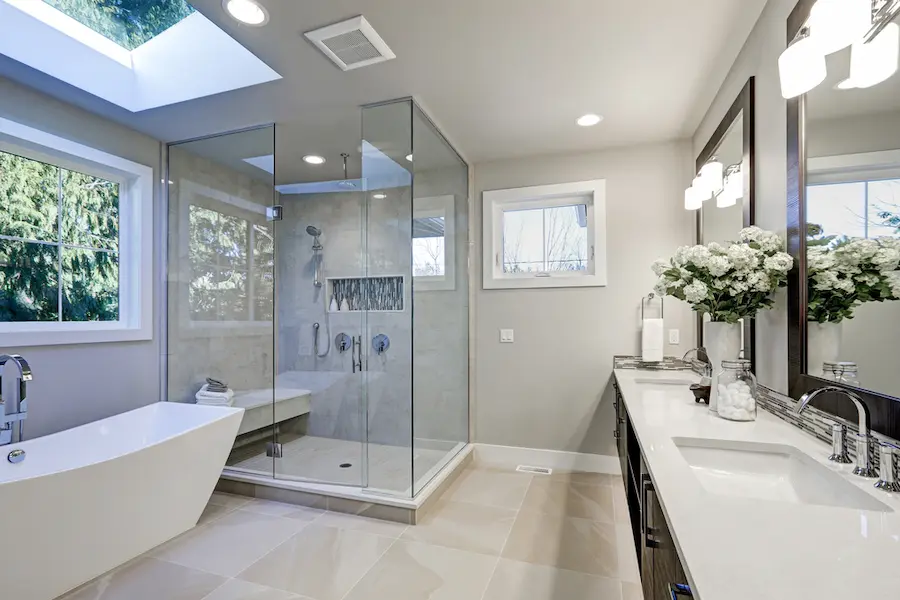



























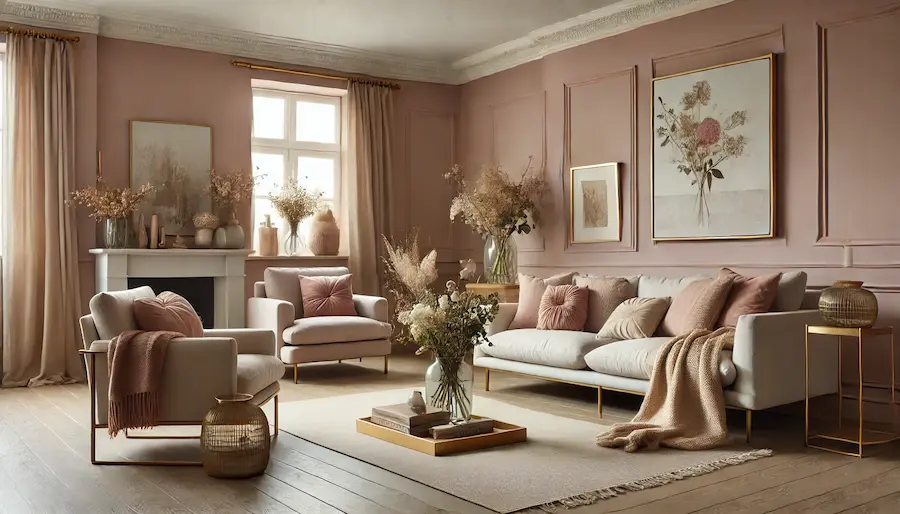





















































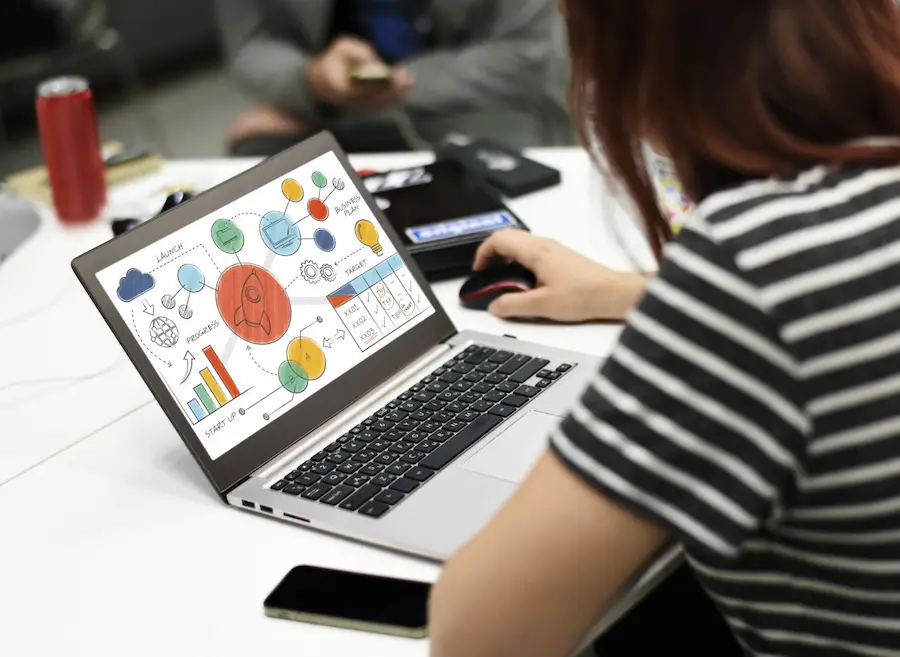

























































































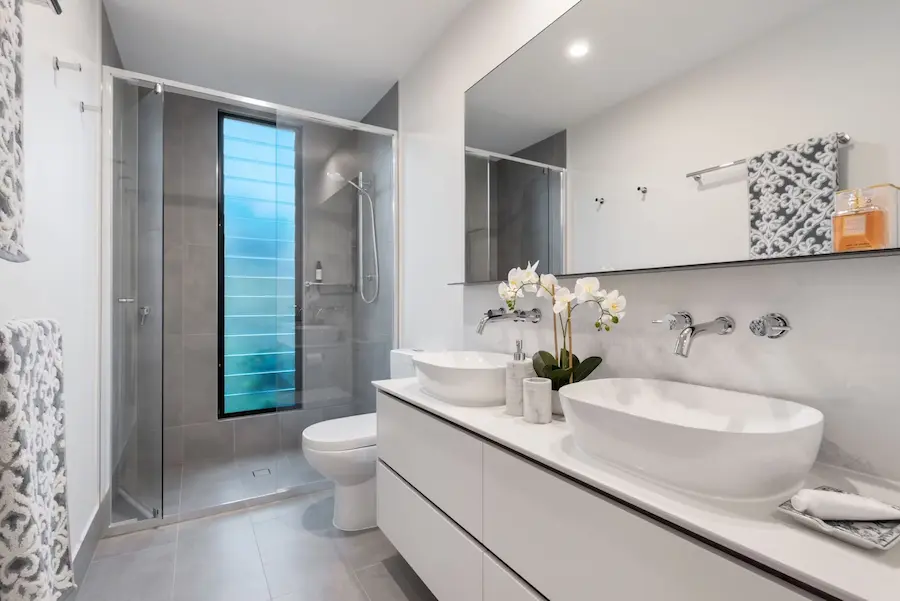

































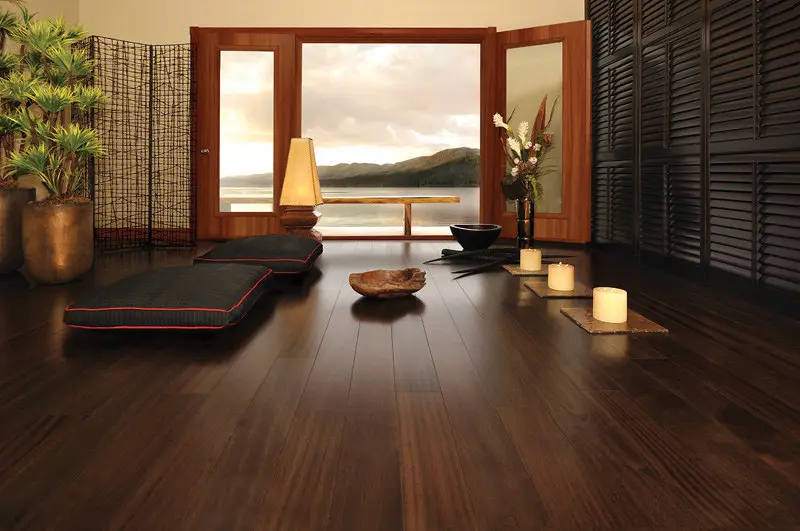







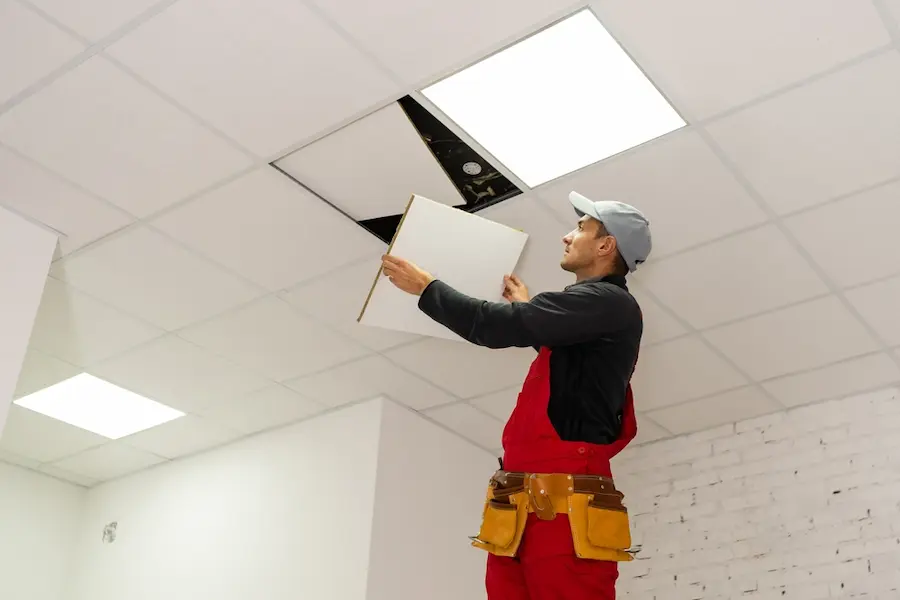
































































































































































































































































































































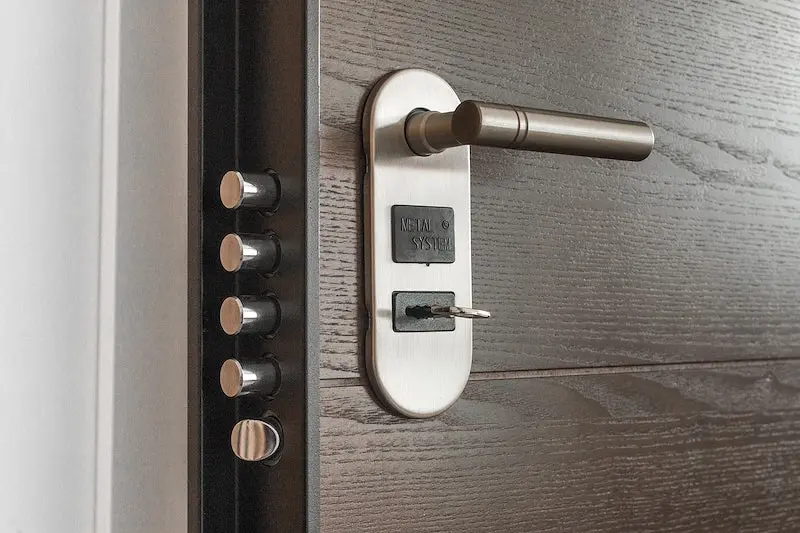




































































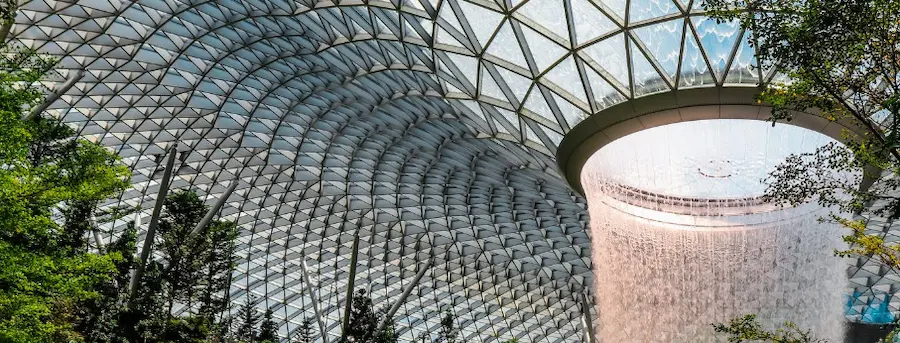











































































































































































































































































































































































































































































































































0